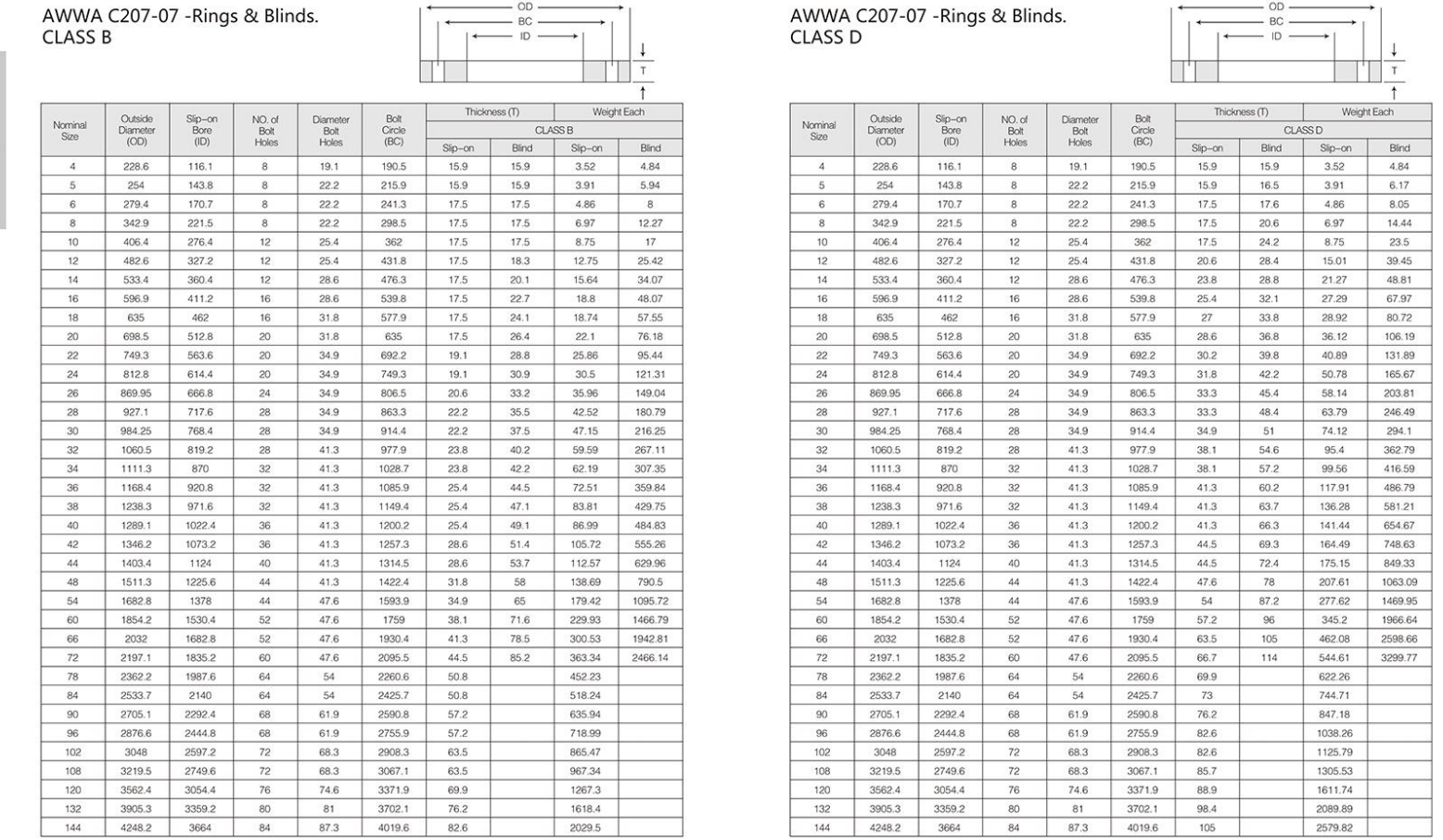-
Cangzhou Yulong Steel Co., Ltd.
-
Phone:
+86 13303177267 -
Email:
admin@ylsteelfittings.com
- English
- Arabic
- Italian
- Spanish
- Portuguese
- German
- kazakh
- Persian
- Greek
- French
- Russian
- Polish
- Thai
- Indonesian
- Vietnamese
- Zulu
- Korean
- Uzbek
- Hindi
- Serbian
- Malay
- Ukrainian
- Gujarati
- Haitian Creole
- hausa
- hawaiian
- Hebrew
- Miao
- Hungarian
- Icelandic
- igbo
- irish
- Japanese
- Javanese
- Kannada
- Khmer
- Rwandese
- Afrikaans
- Albanian
- Amharic
- Armenian
- Azerbaijani
- Basque
- Belarusian
- Bengali
- Bosnian
- Bulgarian
- Catalan
- Cebuano
- China
- China (Taiwan)
- Corsican
- Croatian
- Czech
- Danish
- Esperanto
- Estonian
- Finnish
- Frisian
- Galician
- Georgian
- Kurdish
- Kyrgyz
- Lao
- Latin
- Latvian
- Lithuanian
- Luxembourgish
- Macedonian
- Malgashi
- Malayalam
- Maltese
- Maori
- Marathi
- Mongolian
- Myanmar
- Nepali
- Norwegian
- Norwegian
- Occitan
- Pashto
- Dutch
- Punjabi
- Romanian
- Samoan
- Scottish Gaelic
- Sesotho
- Shona
- Sindhi
- Sinhala
- Slovak
- Slovenian
- Somali
- Sundanese
- Swahili
- Swedish
- Tagalog
- Tajik
- Tamil
- Tatar
- Telugu
- Turkish
- Turkmen
- Urdu
- Uighur
- Welsh
- Bantu
- Yiddish
- Yoruba

Sep . 07, 2024 15:30 Back to list
API 5L X60 Equivalent ASTM Standards
When discussing the realm of steel specifications, it’s essential to understand the various standards that govern the quality, properties, and applications of steel products. One such specification is API 5L, which is widely recognized in the oil and gas industry for conveying pipeline applications. ASTM, or the American Society for Testing and Materials, sets forth standards for a range of materials, including various steel grades. Understanding the equivalent ASTM specifications for API 5L X60 is crucial for engineers, manufacturers, and those involved in sourcing and quality assurance.
.
In terms of equivalent ASTM specifications, API 5L X60 can be closely related to ASTM A106 Grade B and ASTM A53 Grade B. While the latter two are primarily intended for structural and non-structural applications, they share similar mechanical properties, making them a viable alternative for many projects when API 5L X60 is referenced.
api 5l x60 equivalent astm

However, it's important to note that while these ASTM grades may seem equivalent, they are not interchangeable in every scenario. API 5L X60 is subject to different testing and quality control measures specifically designed for pipeline usage, which may not apply to ASTM grades. Additionally, API specifications often have more rigorous requirements for impact testing, particularly for tougher environments, which is a critical consideration for pipelines operating in colder climates.
Furthermore, the chemical composition of API 5L X60 can differ somewhat from that of ASTM counterparts, making it essential to consult material data sheets for specific projects. This is especially true in applications where the integrity and safety of the pipeline are paramount.
In summary, while API 5L X60 has equivalent specifications within ASTM standards, including ASTM A106 Grade B and ASTM A53 Grade B, caution should always be exercised when selecting materials for pipeline construction. The distinctions in testing requirements, chemical composition, and intended applications are crucial factors that must be taken into account. For professionals in the field, comprehending these nuances ensures the selection of appropriate materials that conform to both safety and operational standards. Always refer to the latest industry guidelines and standards to make informed decisions that contribute to the durability and efficiency of pipeline systems.
Latest news
-
ANSI 150P SS304 SO FLANGE
NewsFeb.14,2025
-
ASTM A333GR6 STEEL PIPE
NewsJan.20,2025
-
ANSI B16.5 WELDING NECK FLANGE
NewsJan.15,2026
-
ANSI B16.5 SLIP-ON FLANGE
NewsApr.19,2024
-
SABS 1123 FLANGE
NewsJan.15,2025
-
DIN86044 PLATE FLANGE
NewsApr.19,2024
-
DIN2527 BLIND FLANGE
NewsApr.12,2024
-
JIS B2311 Butt-Welding Fittings LR/SR 45°/90° /180°Seamless/Weld
NewsApr.23,2024











